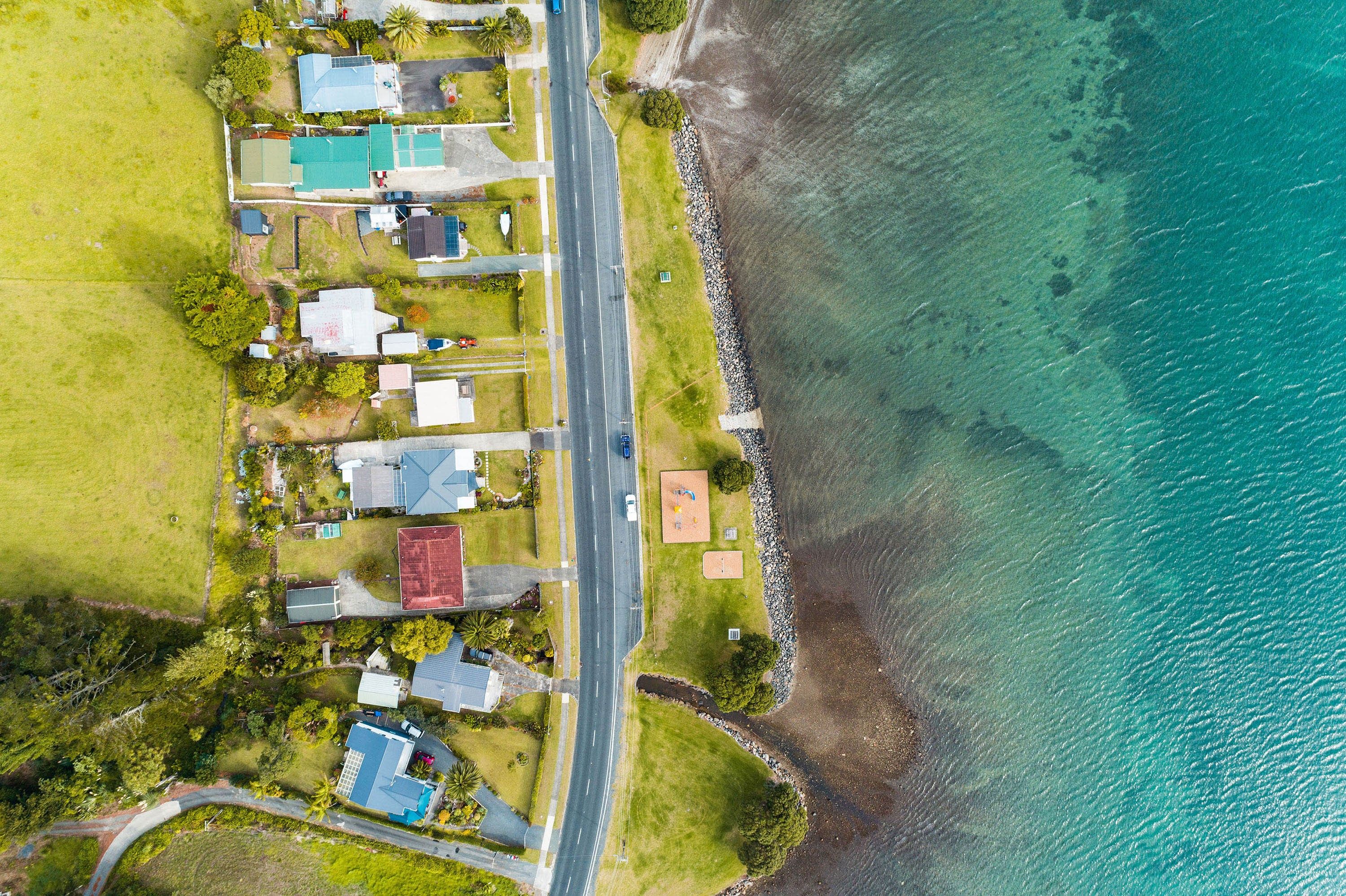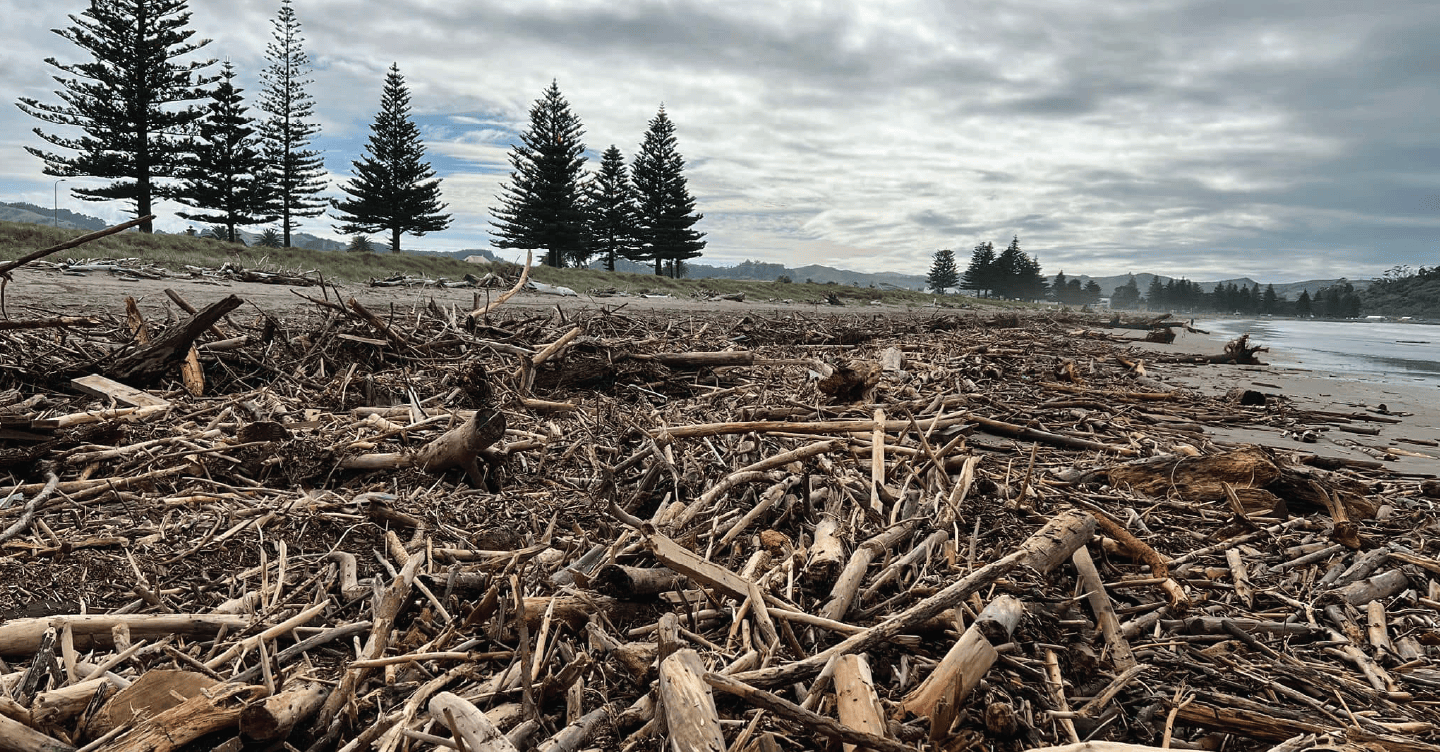AMI, State and NZI’s latest Wild Weather Tracker reveals that 69% of New Zealanders are concerned about the impacts of climate change, but only 40% have taken action to prepare in the past six months. This comes amidst a 34% rise in weather-related insurance claims when compared to the same time last year.
The data paints a clear picture that despite New Zealanders being concerned about and increasingly impacted by climate change, too little is being done at an individual, community or government level to help mitigate its effects.
The latest statistics come two months after AMI, State and NZI Insurance put forward a three-step climate action plan to Government, which called for specific urgent action to ensure New Zealanders are protected from the effects of climate change, particularly flooding.
CEO of AMI, State and NZI, Amanda Whiting says: “In August, we called for three practical, collaborative steps to be taken which will lead to a real reduction in the flood risk faced by some of New Zealand’s most exposed communities.
“And while we have since had some good conversations with the Government, we are still waiting on any actual decisions or commitments to the steps contained in that plan. In the meantime, New Zealanders continue to be affected by the devastating impacts of climate change on their properties and livelihoods.
“As New Zealand’s largest general insurer we are committed to being here to help people recover from wild weather events. But insurance can only ever be one component of the solution. We need to work collectively and urgently to better protect people and property in our most at-risk communities.
“That means agreeing a common view of which communities are at the highest risk, stopping further development and intensification in high-risk areas, and investing in infrastructure to protect our most flood-prone communities.”
AMI, State and NZI’s latest Wild Weather Tracker, which compiles six-monthly weather-related claims data, showed a staggering 13,587 weather-related claims in the past six months alone, up 34% from the same time last year.
The Tracker also, for the first time, included a nationwide poll which found that 82% of people believe wild weather is increasing in frequency and severity, and 42% feel either not at all prepared or only a little prepared to respond to a storm.
“What the Tracker clearly shows us is that despite high levels of concern, awareness and property damage, people do not feel prepared and little action is occurring to help people protect themselves,” said Mrs Whiting.
“This could be because people don’t know how to prepare, or simply hope it won’t happen to them. I would also suggest that there’s a question in their minds around responsibility – a sentiment that came through strongly in our Climate Change Poll in July, in which 48 percent of people stated that they were looking to the Government to take action on climate change, up 23 percent from five years ago.”
The three-step plan is outlined on page 6 of the Wild Weather Tracker.
Dr Bruce Buckley, AMI, State and NZI’s chief meteorologist, says New Zealand’s climate has changed irrevocably, and that the country is now susceptible to the compounding effects of rising sea levels, warming seas, and damaging tropical weather systems.
“Sea level rise will accelerate and is unstoppable,” he says.
“And, while New Zealand’s physical location means we have always been susceptible to tropical systems, the effects of warmer sea temperatures around New Zealand plus the current and future La Niña-like climate forcing patterns means they are likely to occur more frequently than ever before.”
In the past, tropical cyclones usually weakened to ex-cyclone stage before reaching our shores. However, Dr Buckley says, “We’ll start to see these Category 5 storms that have previously impacted Vanuatu or Fiji getting closer and closer before they start to weaken, which means they can be increasingly severe in future across the New Zealand region.”
Further insights from Dr Buckley can be found on page 10 of the Wild Weather Tracker.
The Tracker also reveals updated claims statistics for the torrential rainfall, slips and floods that affected Nelson Tasman, Marlborough, and other parts of the country in August.
To date, AMI, State and NZI have received 1,716 claims and are in the process of paying out approximately $20million to customers.
“We are continuing to support customers affected by the August storm,” says Wayne Tippet, Executive General Manager Claims.
“It’s been devastating to see the number of people, homes and other property affected, and we have been working alongside our partners and experts to resolve claims as quickly as we can.”
Nationwide poll:
Insurance claims statistics:


